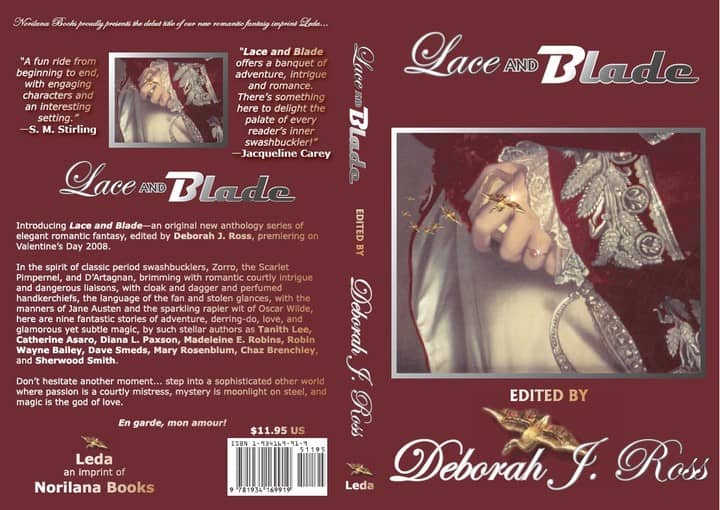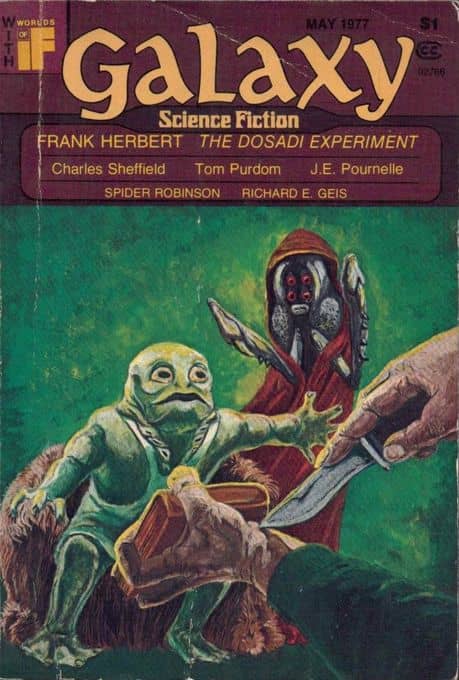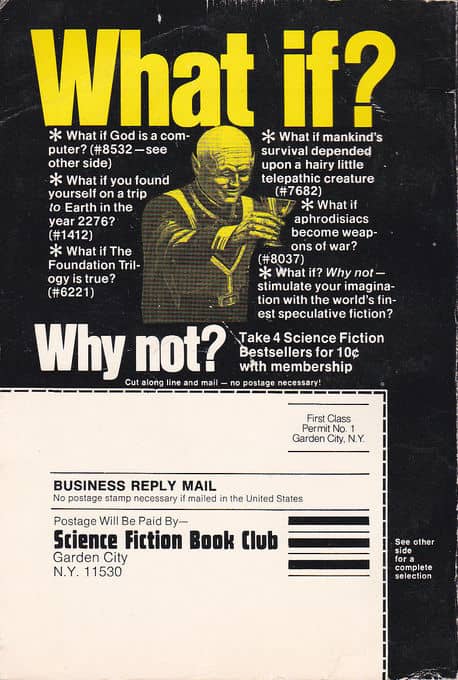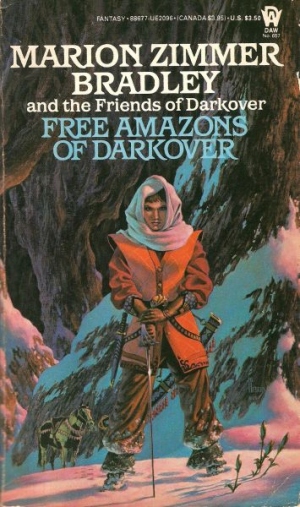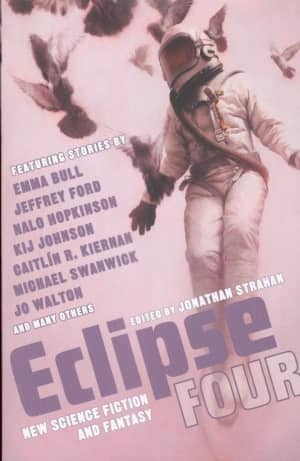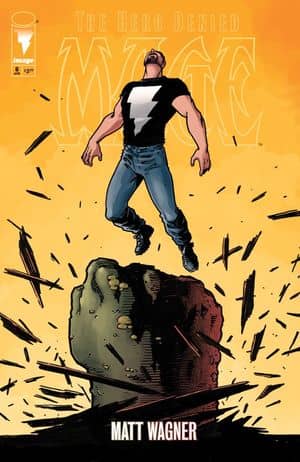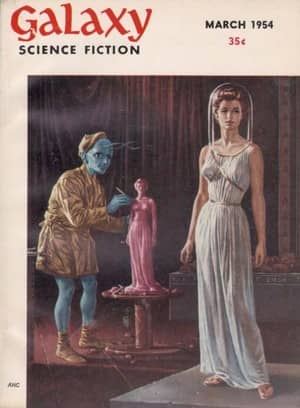Birthday Reviews: Robert Lynn Asprin’s “No Glad in Gladiator”
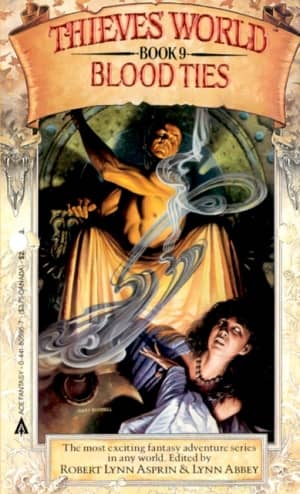
Robert Lynn Asprin was born on June 28, 1946. He died on May 22, 2008.
Asprin won the coveted Balrog Award for the Thieves’ World anthologies Shadows of Sanctuary and Storm Season. The first anthology in the series, Thieves’ World, was nominated for the World Fantasy Award. In addition to his work on the shared world series, Asprin is also known for his long-running Myth series, featuring Skeeve and Aahz. Other series, often written with co-authors, include Phule’s Company, Time Scout, and The Cold Cash War. For a time, Asprin was married to Lynn Abbey, who co-edited several of the Thieves’ World anthologies and eventually resurrected the series in the 2000s.
“No Glad in Gladiator” was published in the ninth volume of the Thieves’ World series, Blood Ties, edited by Asprin and Lynn Abbey in 1986. Its only reprinting was in the third Thieves’ World omnibus edition which included volumes 7-9, The Shattered Sphere.
The gladiator slave Jubal was one of the first characters introduced in the Thieves’ World shared world series, conceived by the series creator, Robert Lynn Asprin. By the time the ninth volume rolled around, Jubal had enjoyed his triumphs and suffered his set backs. In “No Glad in Gladiator,” Asprin has cast him in the role of eminent grise, showing a meeting between Jubal and Chenaya, a Rankene noblewoman and gladiator who is trying to make her way in Sanctuary.
Despite both characters’ background as gladiators, “No Glad in Gladiators” is a relatively static story. Asprin has the two characters sitting in a room talking, Chenaya’s looking for an alliance with Jubal and Jubal, after explaining why he isn’t interested in an alliance, explains to Chenaya all of her shortcomings. The story doesn’t fully work without its larger context. Jubal provides enough information about himself for the reader to understand who he was, and is, but Chenaya’s history is only painted in broad strokes, making her something of an enigma.

